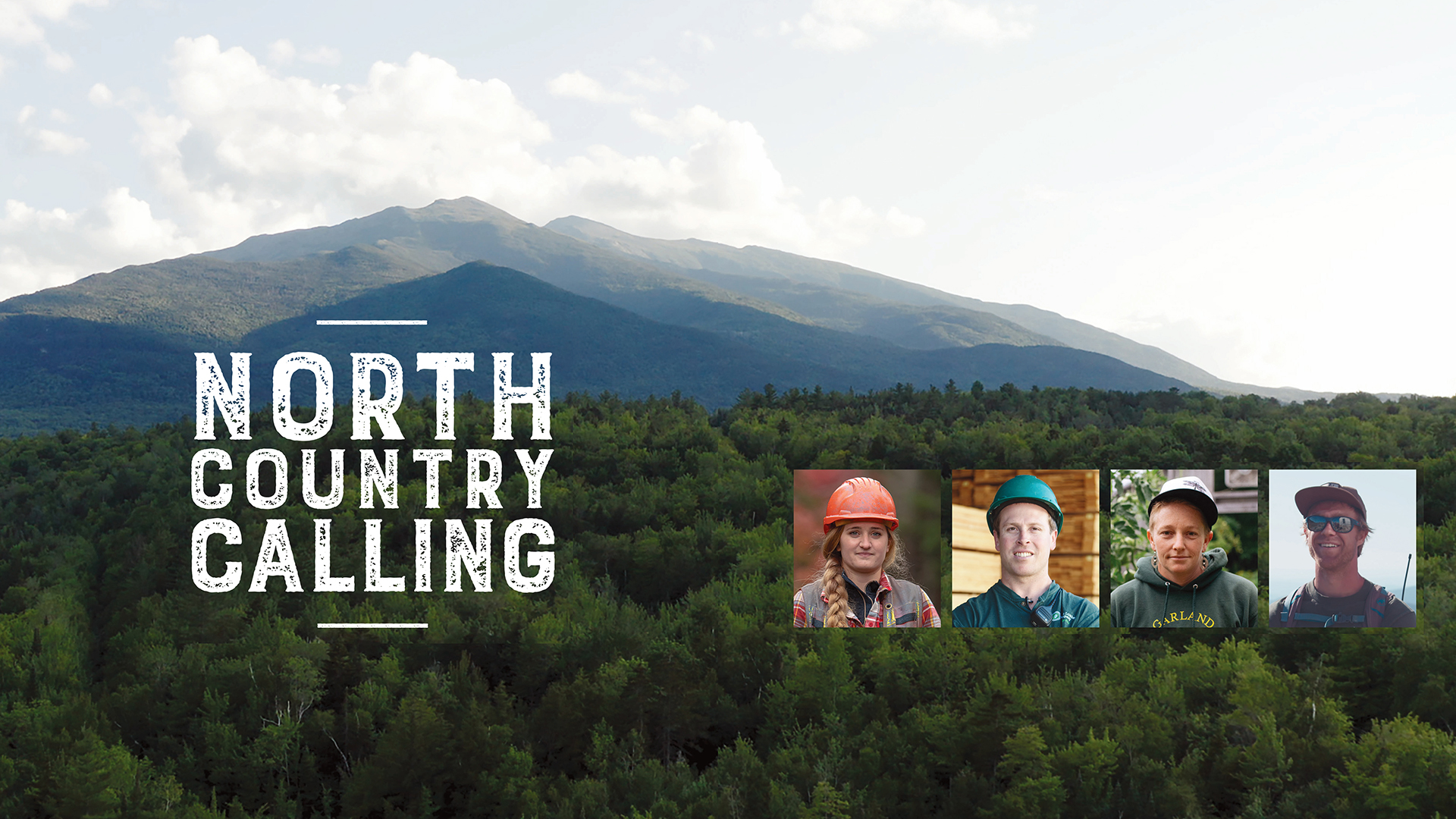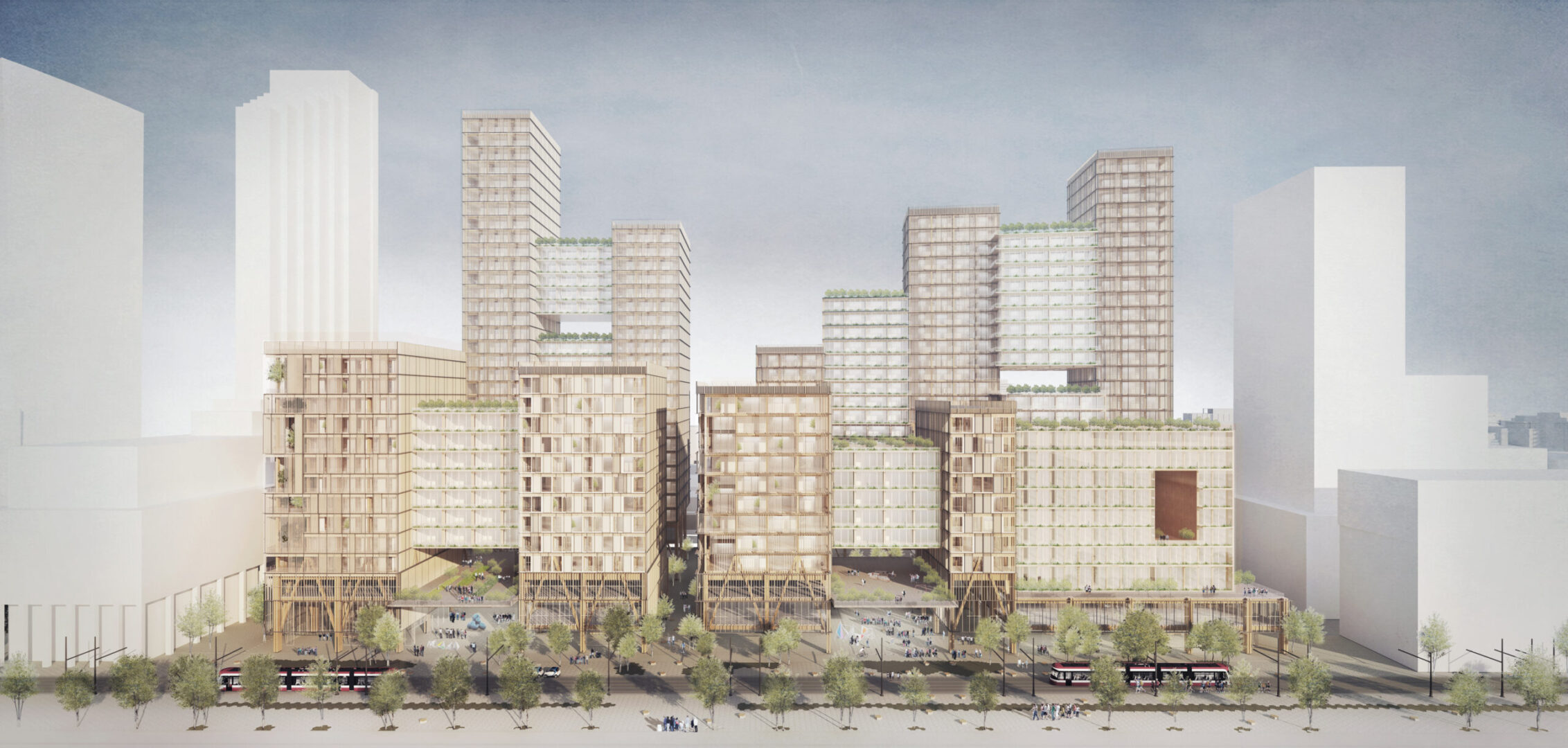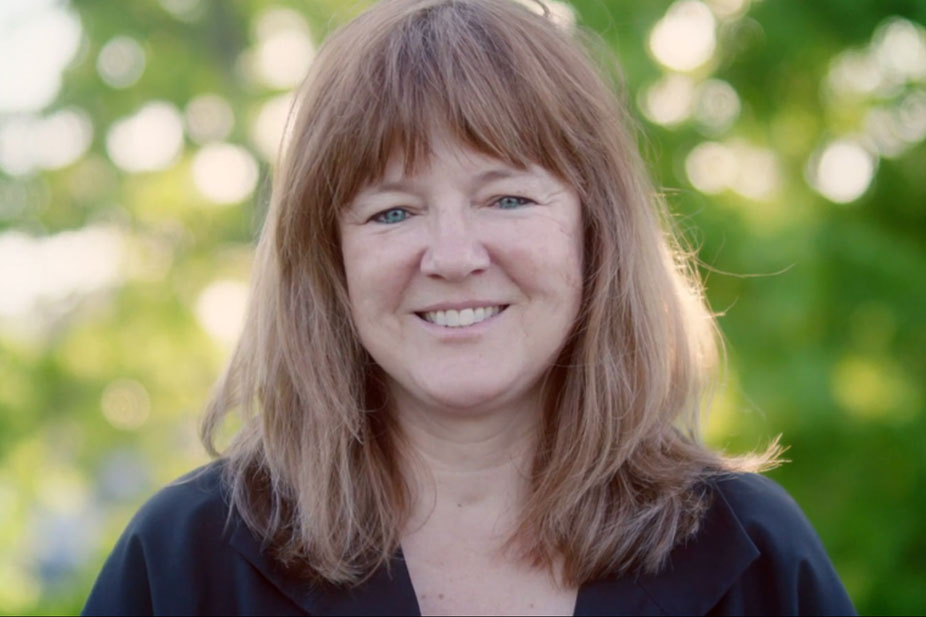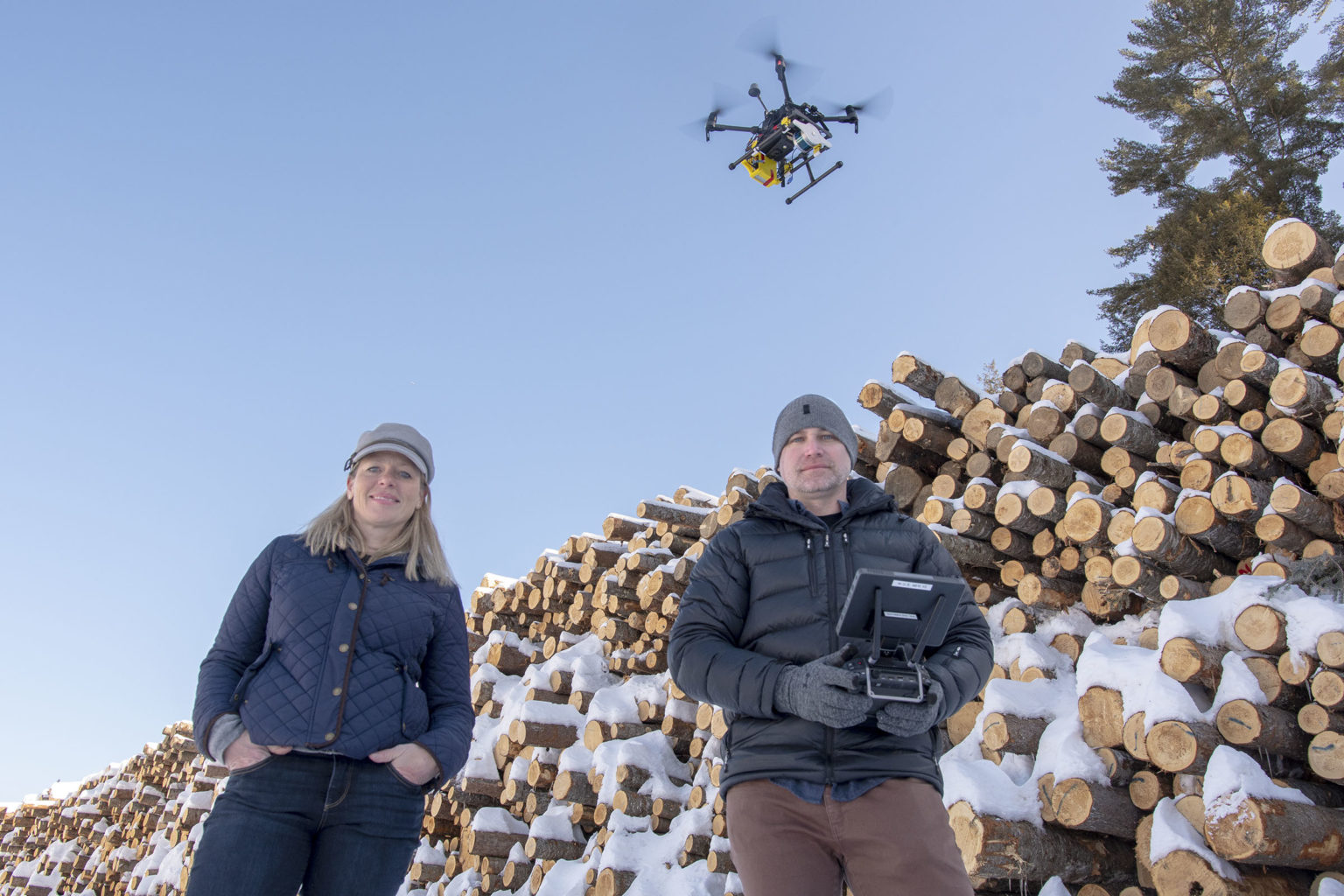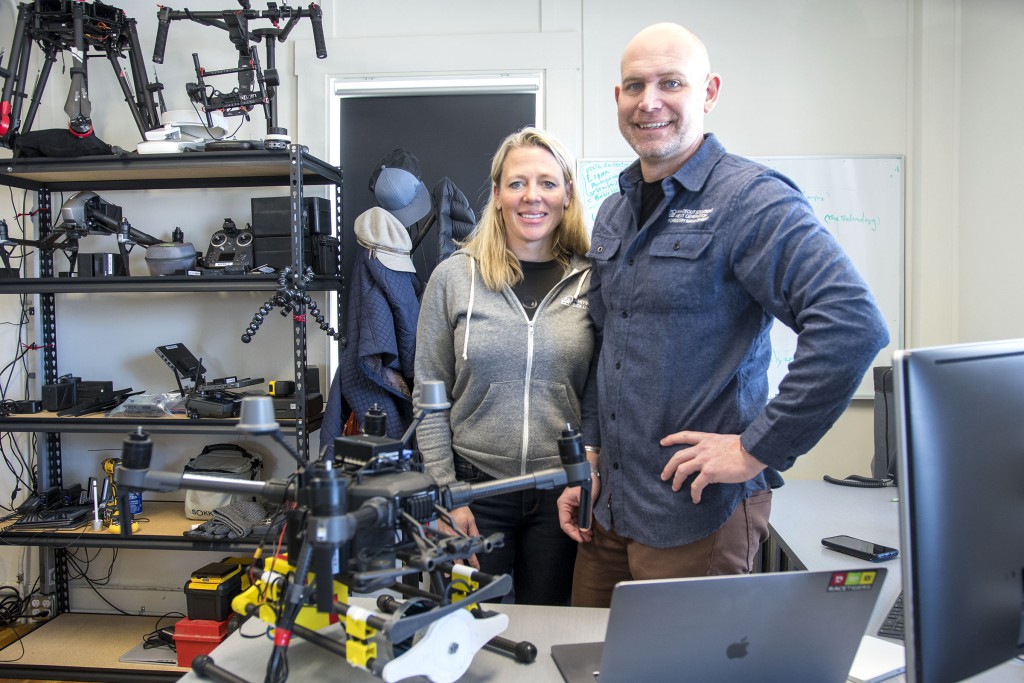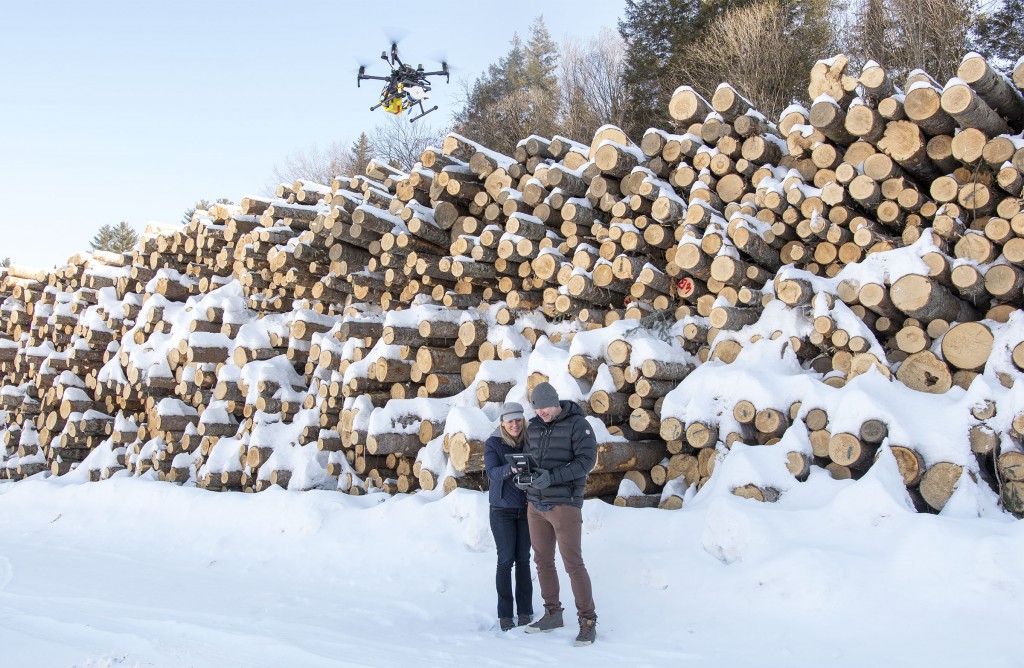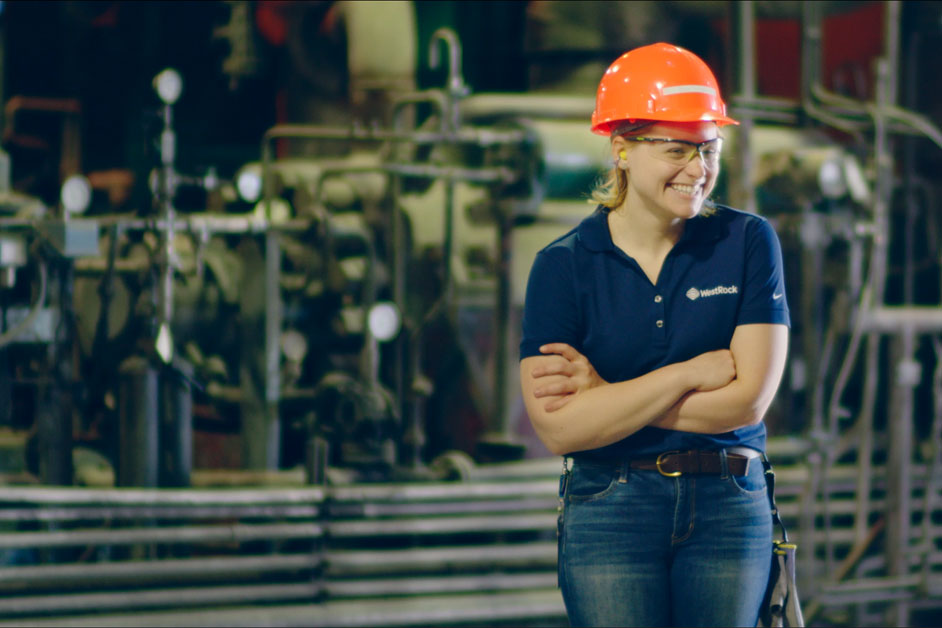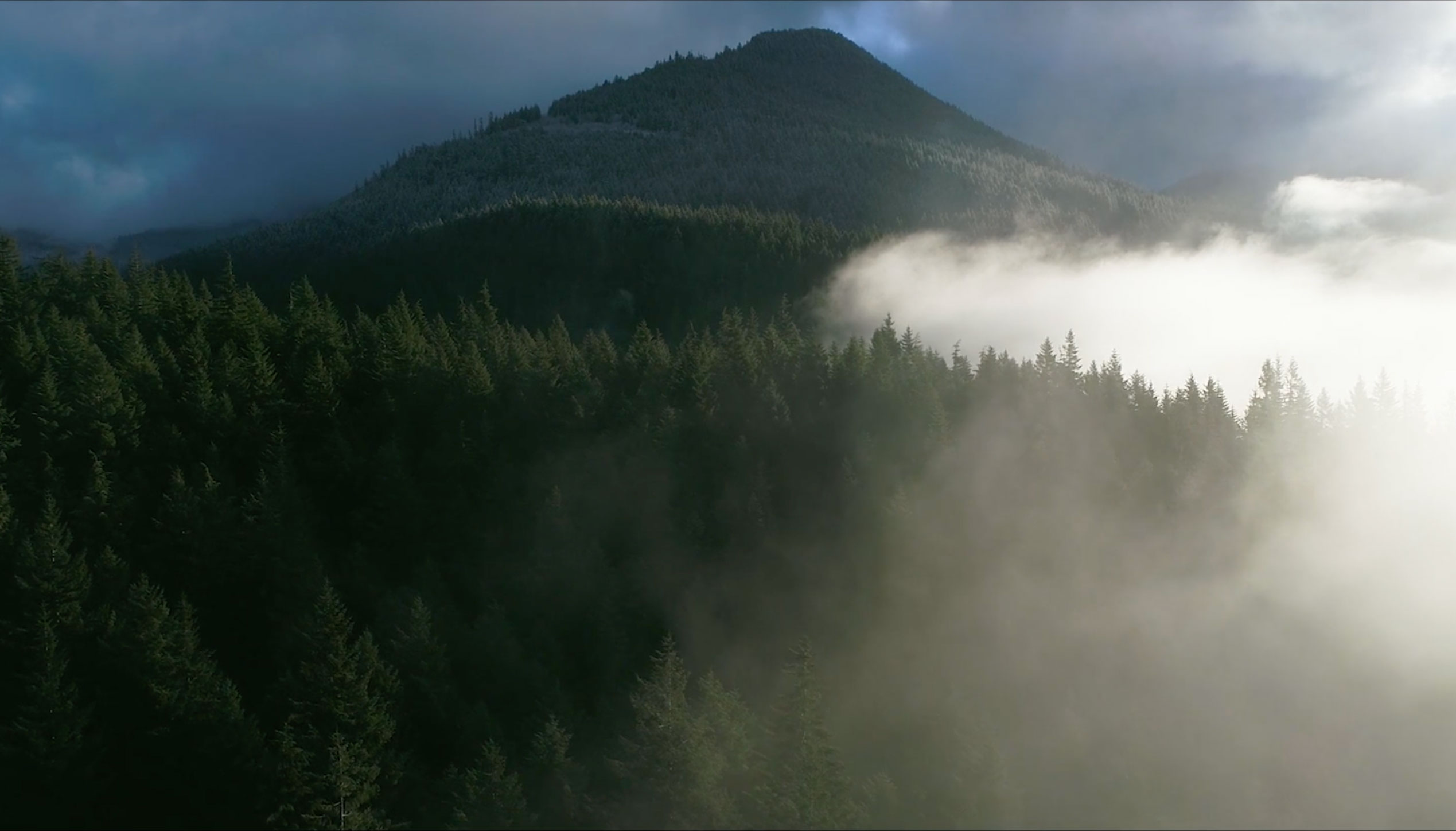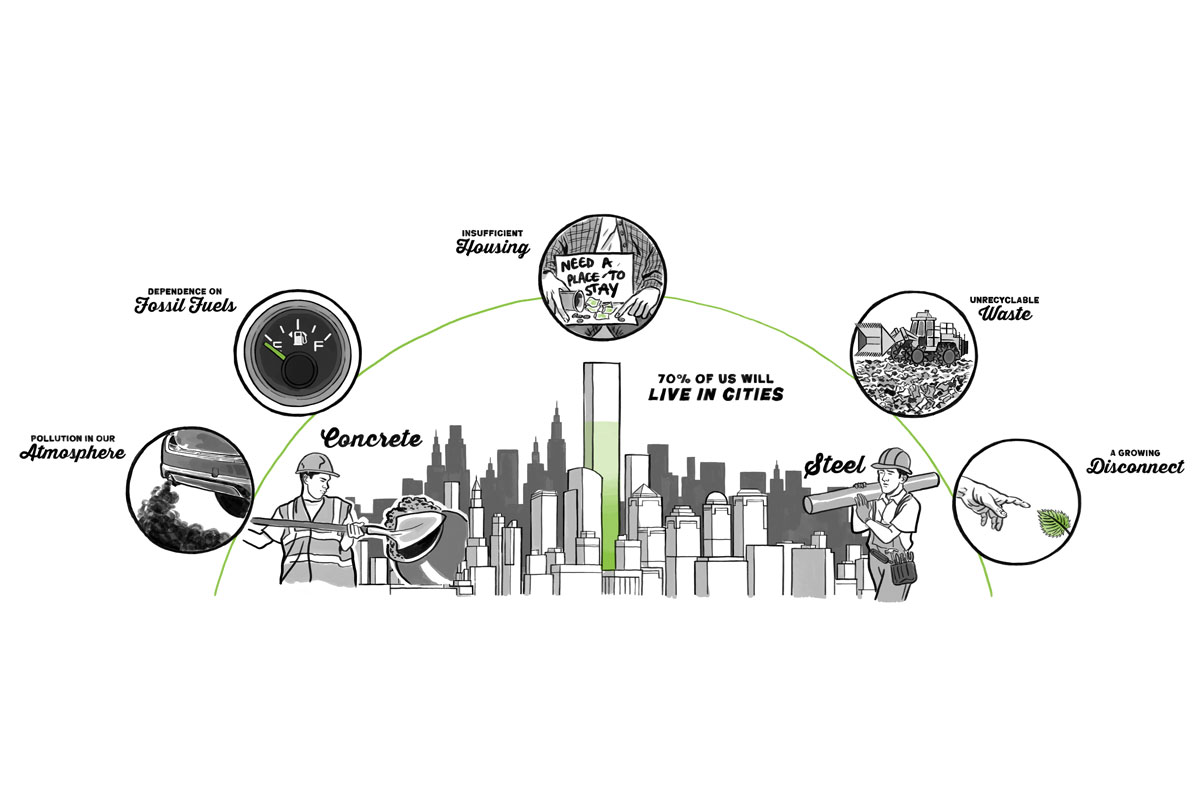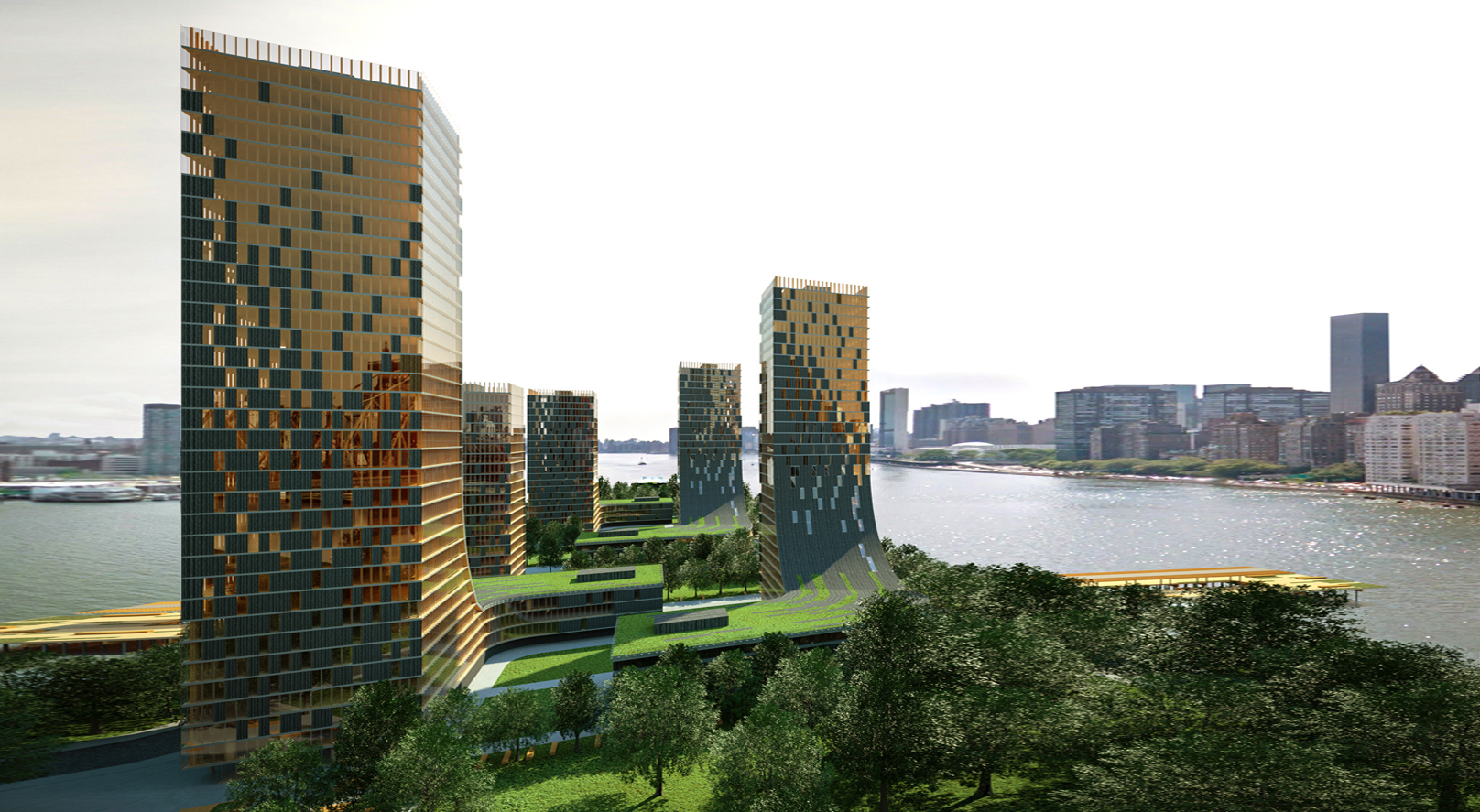Changing the Face of Forestry
Positive changes are leveling the playing field in forestry.

The forest sector is a great career choice. I feel very fortunate to have spent 15 years in forestry—every day is different, the people are amazing and I get paid to be outside. What’s not to love?
When I attended the University of New Brunswick’s forestry program in 2006, about 25% of my classmates were women. In my first few summer forestry jobs, I worked with women and my first mentors were women upon graduation. I didn’t realize there was a gender imbalance until I started working for industry, spending more time in the woods and attending meetings and conferences. In fact, as of 2016, just 17% of Canada’s forestry workforce was made up of women, an increase of only 3% since 1996. While I hope that the census data more recently collected will show a dramatic increase of women in forestry, there is still progress to be made. In 2015, I cofounded Women in Wood, a network for women who work in, with and for the woods. Since then, I have learned a lot from women working in Canada’s forests about their experiences. It seems there are challenges at all stages of their careers—but there are also solutions.
First jobs are tough. Difficult to secure because of a likely blank resume, and oftentimes, they can be challenging to survive because you may not have anyone to ask hard questions. This was my experience; I had difficulty getting my first forestry job, and I faced stiff competition against my male peers who came from forestry families and had experience, and more stereotypical “field-work-ready” statures than mine. I am still grateful to the person who took a chance on the underdog and gave me my first job—if hiring is your responsibility, perhaps you can be that person for someone else.
Once I did secure a forestry job—working in remote, isolated conditions—I spent every day being afraid I would be eaten by a bear. Imagine my surprise, 10 years later, to have that same concern raised in the WIW group by a woman in her first job. The number of women commenting with the same experience—with many solutions—was amazing. Personally, what helped was the passage of time and eventual development of confidence and knowledge (plus, a healthy amount of stubbornness that didn’t allow me to quit from fear). I believe a better solution now exists through openness, increased training and education, and support networks like WIW to help build confidence through shared experiences.
Planning for a family can be stressful for women, whether it is planning to take time off or integrating back into the workforce. It can be difficult finding childcare with flexible or extended hours, to do camp work, or balance home and work life. Women looking for employment or working contract positions are hesitant or worried about how pregnancy could impact their ability to be hired. The key here seems to be flexibility by employers, both with hours and strategic onboarding after maternity leave. Also, an increasing number of men taking paternity leave and breaking down gender roles in the household goes a long way toward changing stereotypes associated with “mom in the workforce.”
As women enter the mid-career phase of their forestry careers, many hope to advance into management and leadership roles. However, many women don’t have leadership role models to look to in their workplace. It is difficult to imagine you can be it, if you can’t see it. The fact that we’re only recently seeing “firsts”such as first female chief forester, first female mill manager, is somewhat telling. It’s very encouraging that these occurrences are happening at an accelerated pace in recent years, and hopefully soon, we won’t have to remark on or celebrate “firsts” anymore. The solution to this one is in the hands of women themselves, and employers. Women must identify the skills and experience they need to advance their careers and seek mentors or training to help them get there. Employers must ensure that women are given equal opportunities to become qualified and compete on a level playing field as their male counterparts and mentoring men and women in the same way.
Today, there are many success stories for women in Canada’s forest sector. The number of companies and organizations engaging in diversity and inclusion initiatives is remarkable, and the fact that we’re having this conversation is a definite win. But let’s not take the foot off the gas—it’s in the hands of every person working in the sector to challenge behaviors and create change that will lead to a more welcoming environment for all employees. We’re an industry with an aging workforce primed for a continued post-pandemic boom. Attracting and retaining good employees is the only way to sustain that momentum—let’s make sure we consider 48% of the available labor force in building the future of our sector.
Authors: Lacey Rose
County Forester and Cofounder, Women in Wood
www.womeninwood.ca
@foresterLacey
Original Article: Biomass Magazine


